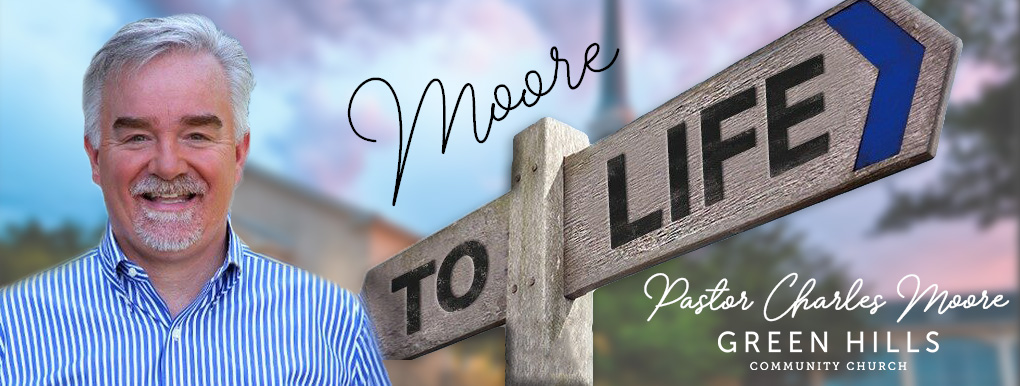Carey Jones, the Senior Managing Editor of Serious Eats, wrote in her blog (August 2012): “When a Cheesecake Factory moved into my suburban California hometown at the end of my high school years, there was one thing about it that excited me above all else. It wasn’t the 33 flavors of cheesecake, or the choice of about two dozen entrées from every imaginable cuisine for $12. No, I was excited about their soda selection. Because for about two bucks, they’d give you a stunning 32 ounces of Fresca from the fountain – and then they’d give you free refills.”
Unfortunately we don’t have a Cheesecake Factory here in Paducah – the closest is in Nashville – but grab your favorite cold drink and let’s finish this blog series. Pastor Tommy’s favorite soft drink is Diet Dew, in case you have in mind some early Christmas shopping. Pastor Steve used to keep a fridge full of Bubba Cola, but sophistication has overtaken him, and he now leans heavily on Code Red.
But back to our series. If you’re looking for a light at the end of the proverbial tunnel, we’re almost there. Now that you’ve nailed down the text you’re exegeting, and come to understand its context in the Bible, let’s move right along …
- Comprise a tentative exegetical outline of the text. Do this by stating the passage’s subject (what the writer is talking about) and the passage’s complement (what the writer is saying about this subject). Be as concise as possible. This is the “big idea” of your passage. (In your study, as you transition back and forth between text and context, you may alter your “big idea” just a bit along the way. That’s perfectly O.K. – this is a work in progress.)
- Outline the internal structure of the text. Look for key connectives, repetition, contrasts, and comparisons. (If your passage is narrative literature – like the Gospels or Acts – you will spend less time on this step, and more time on relating your text to the book’s preceding sections and its broader flow.) If you’re going to study the text in its original language, now is the time for that.
- Now that you’ve thoroughly dissected your text, adjust your “big idea” if necessary.
- Consult good Bible commentaries, as well as reliable historical background sources, to gain additional insights into your text. You may want to take a look at one or two of your favorite devotional commentaries as well. Remember that, when it comes to really understanding the flow of the argument of your text, you don’t want to end your study until you feel like an “expert” who has mastered the case. This is hard work.

I know this has become a laborious outline, but I thank you for sticking with it. We’ll end this series after one more blog entry with my final comments on this subject. In her blog, Carey Jones concluded: “I’ve always thought Fresca one of the most underappreciated citizens of the diet soda world.” My beloved church family, you are anything but underappreciated. I appreciate, with all my heart, your consistent encouragement – and your partnership in the serious study of God’s Word. You’re my Fresca. Your heart for the Word keeps me “fresh” in the most exciting enterprise that I can ever imagine taking up for the glory of Christ.
Happy studies!
Pastor Charles

Leave a Reply